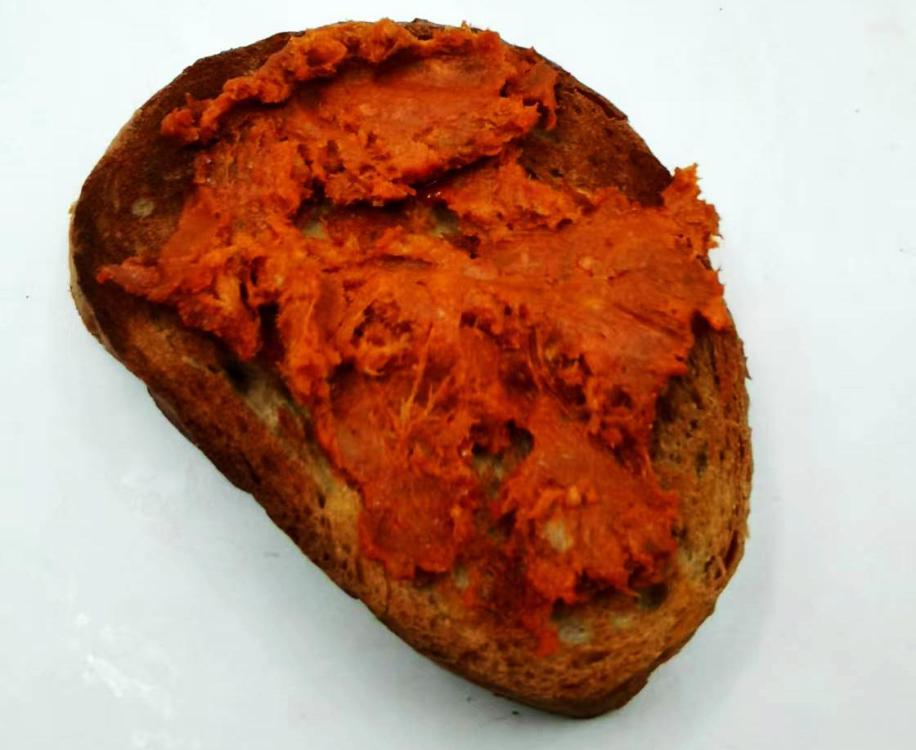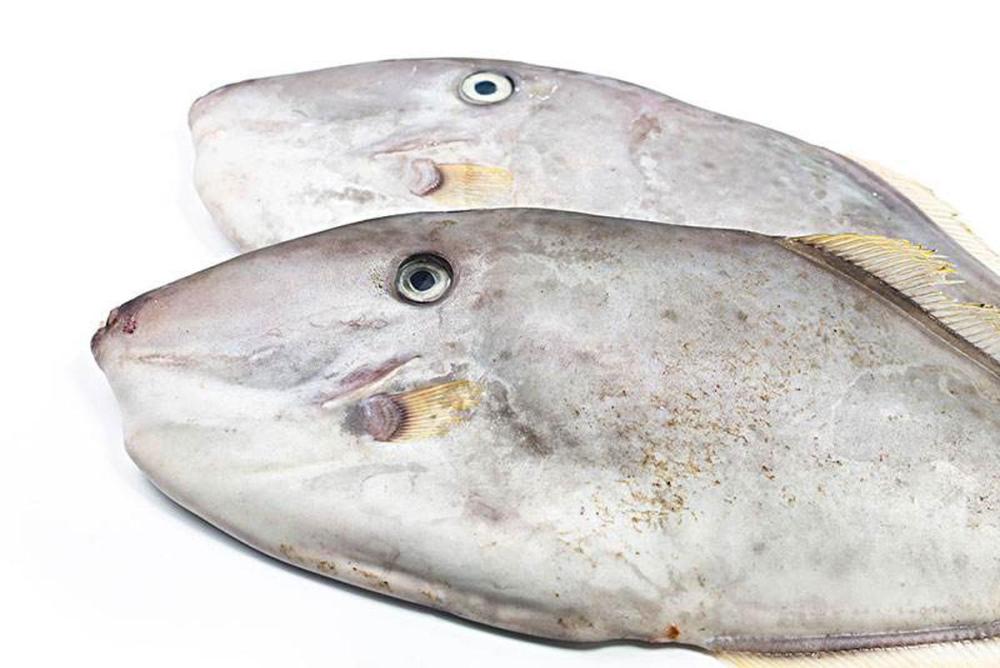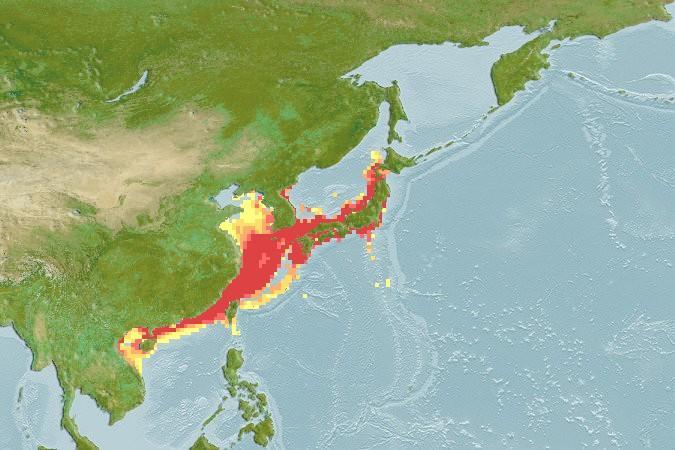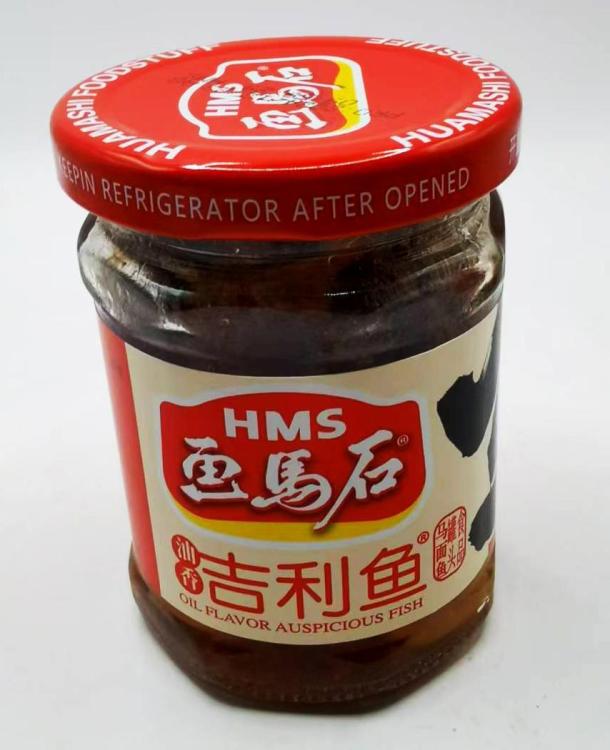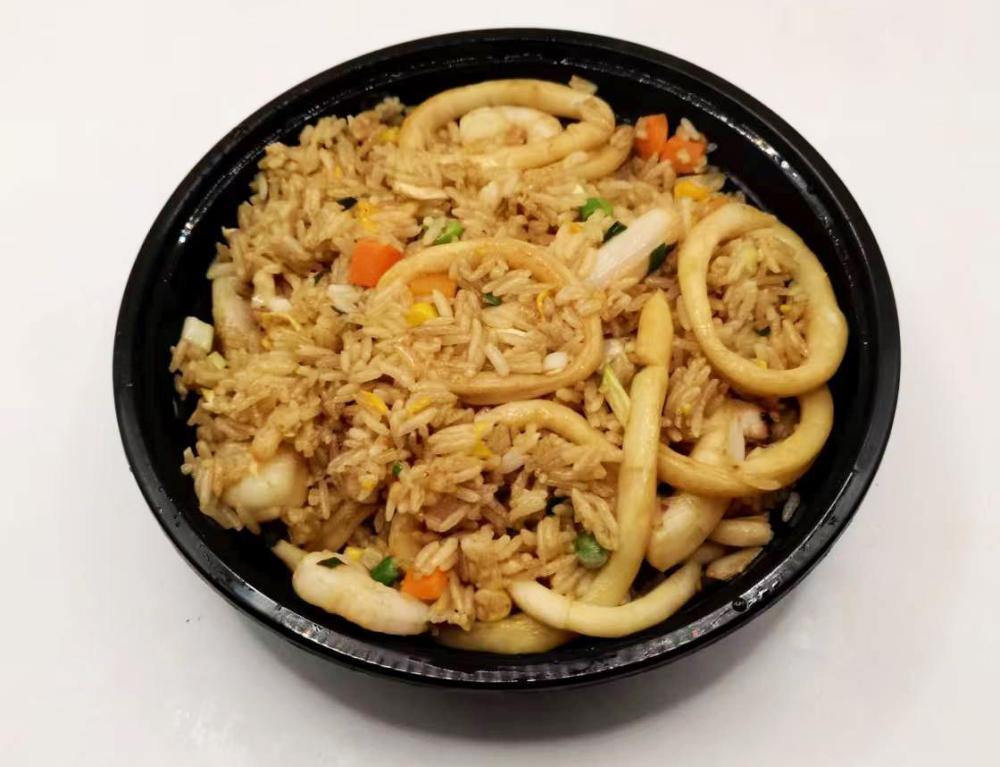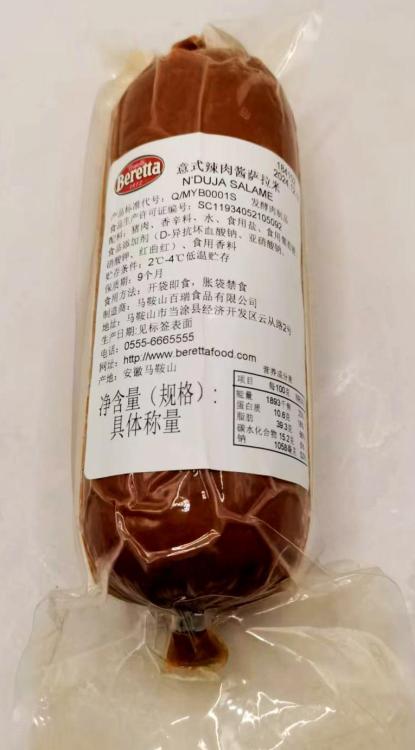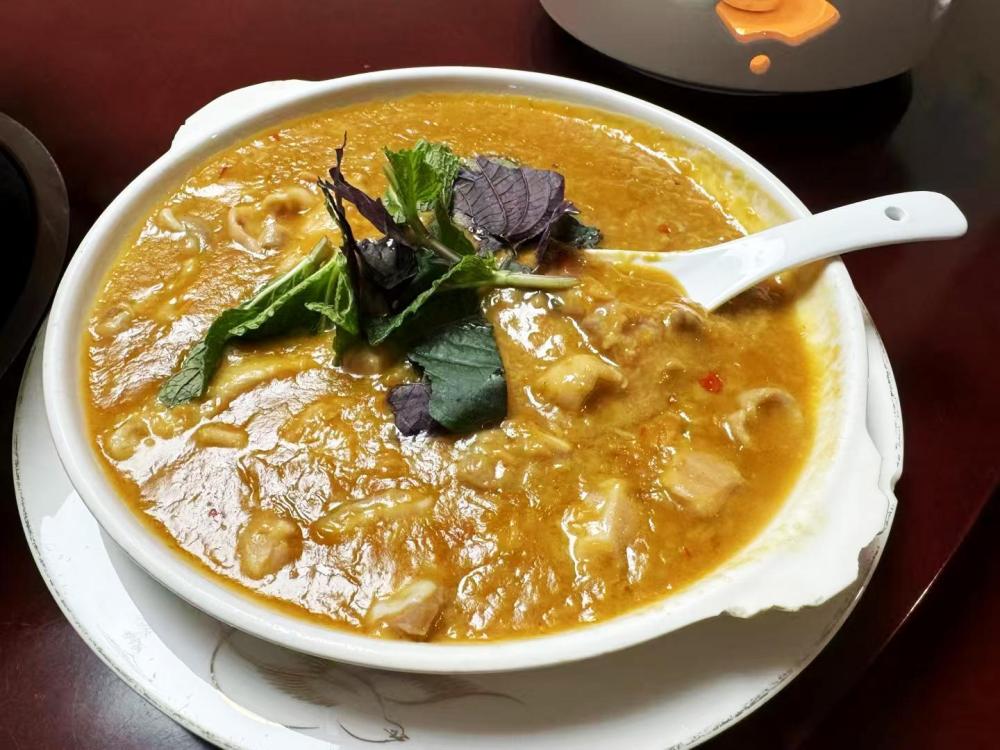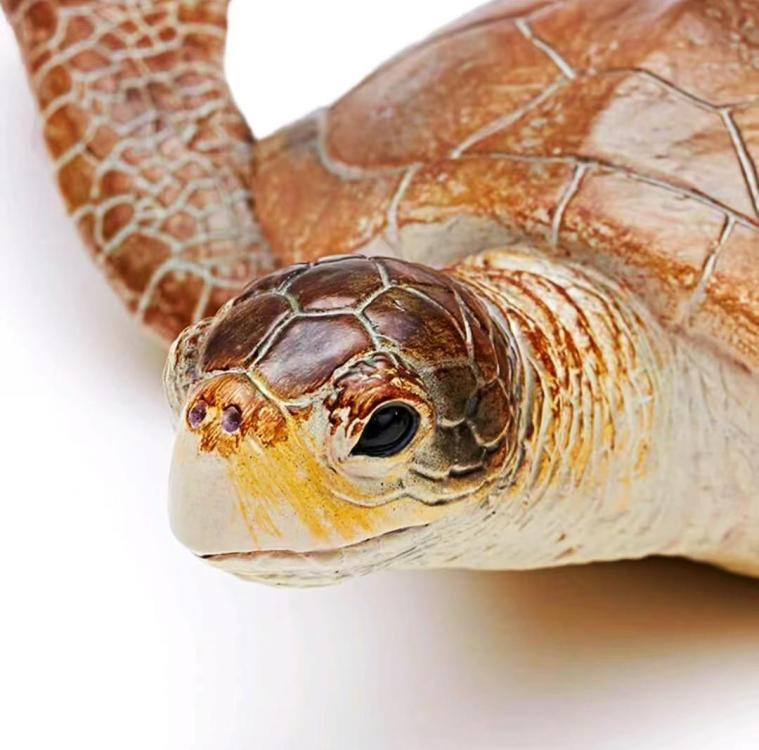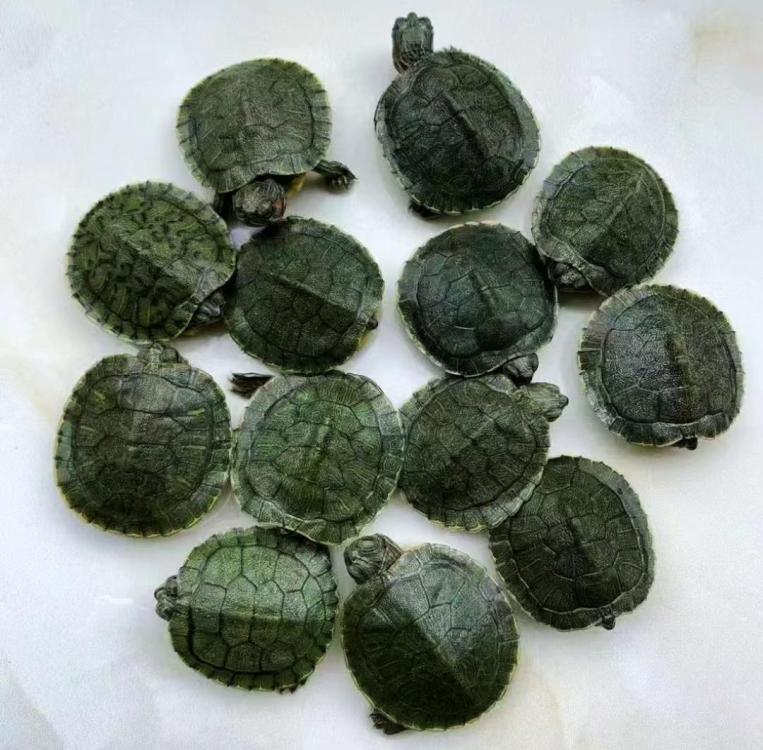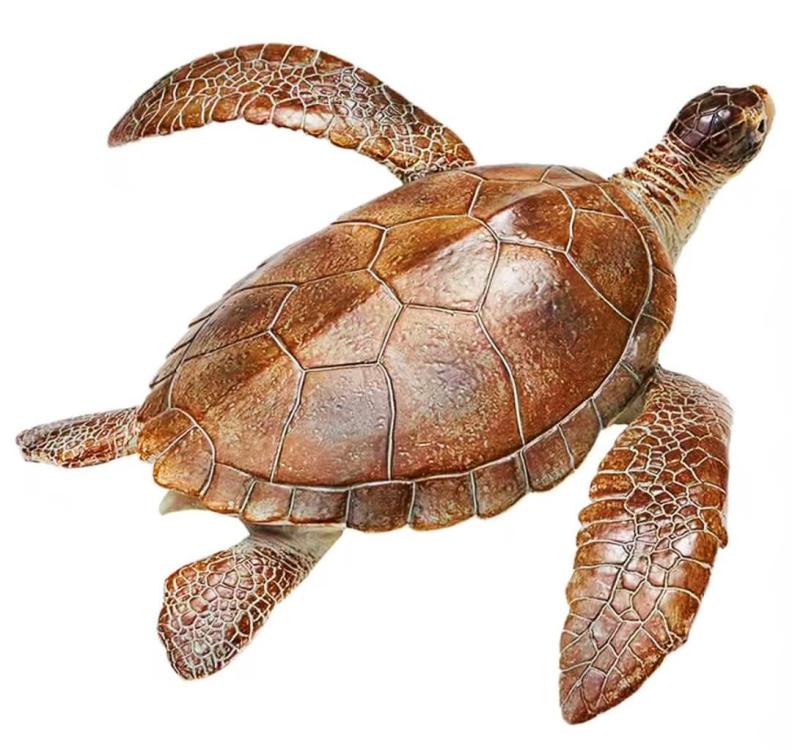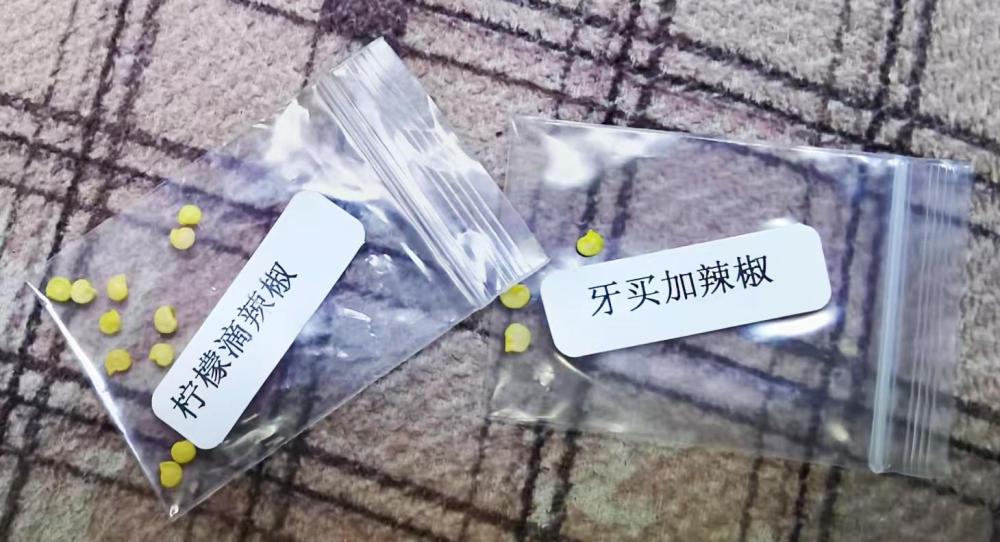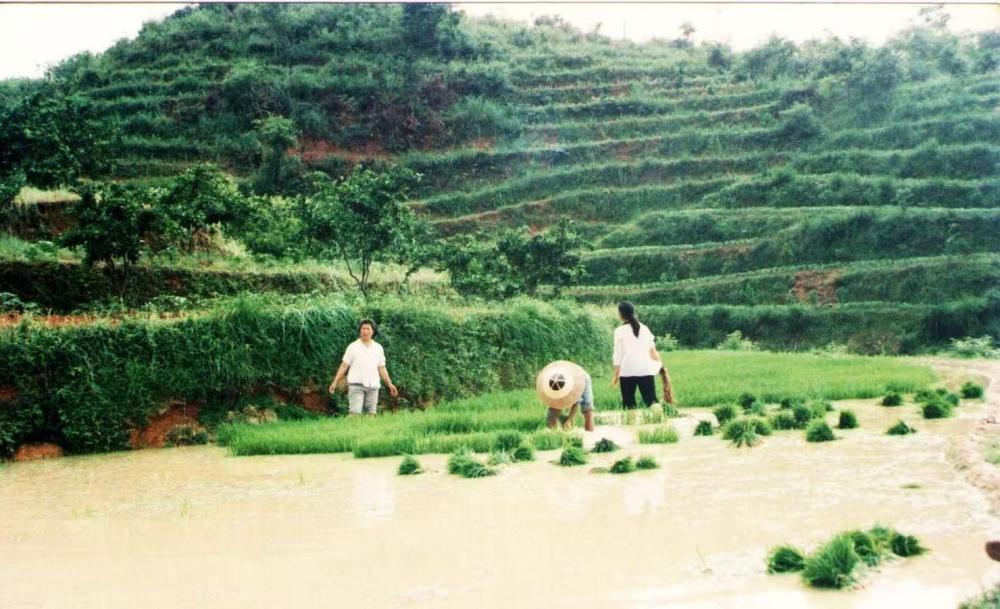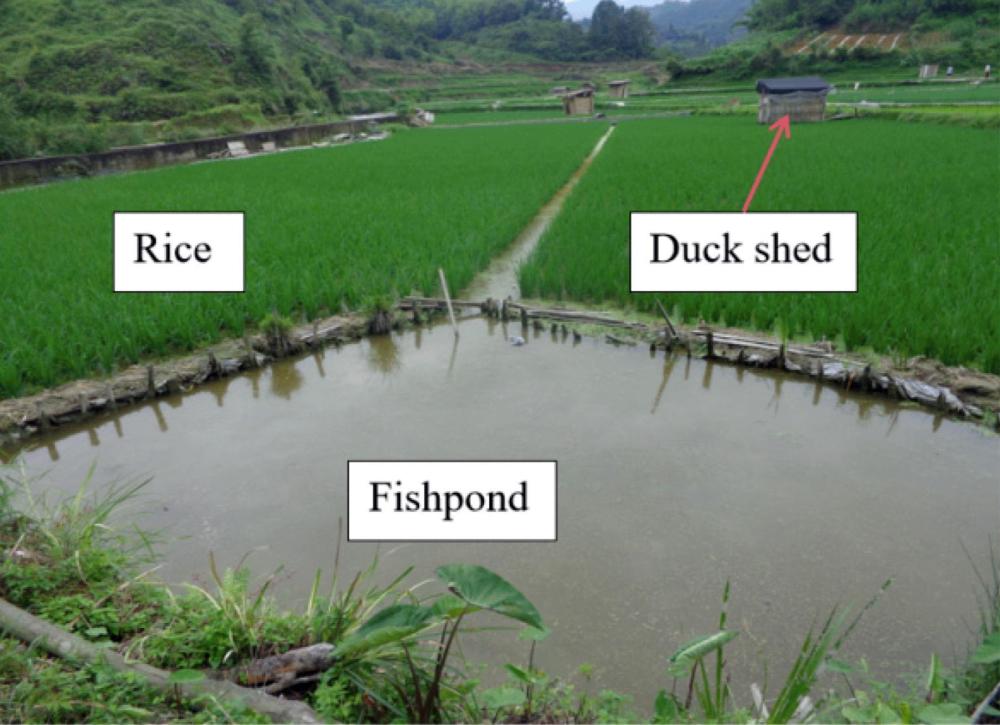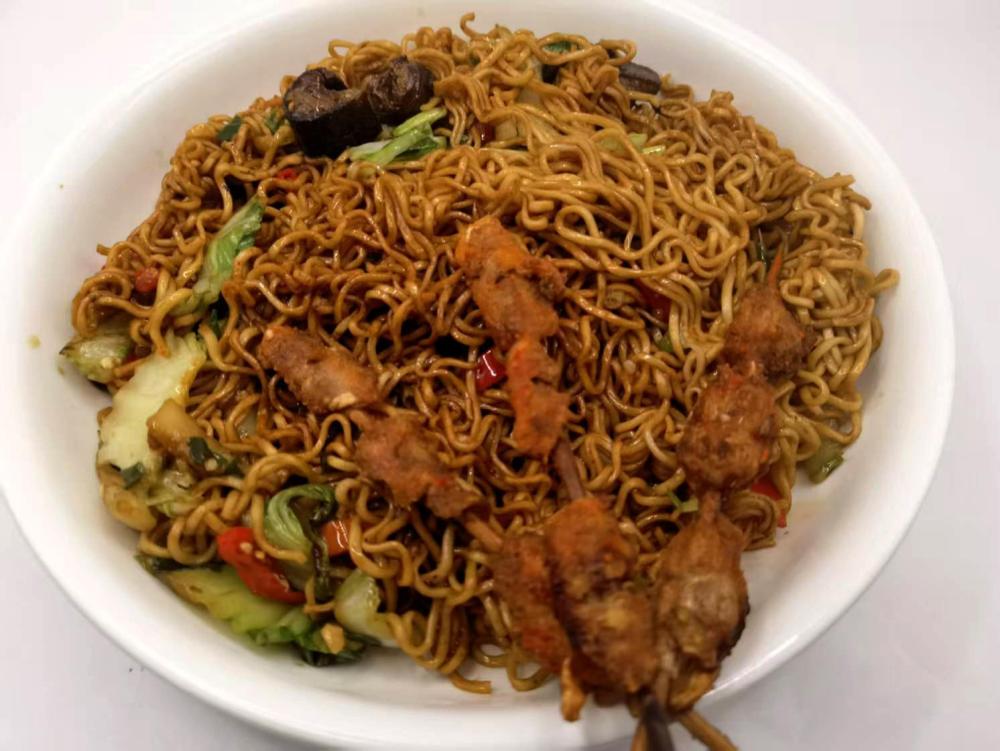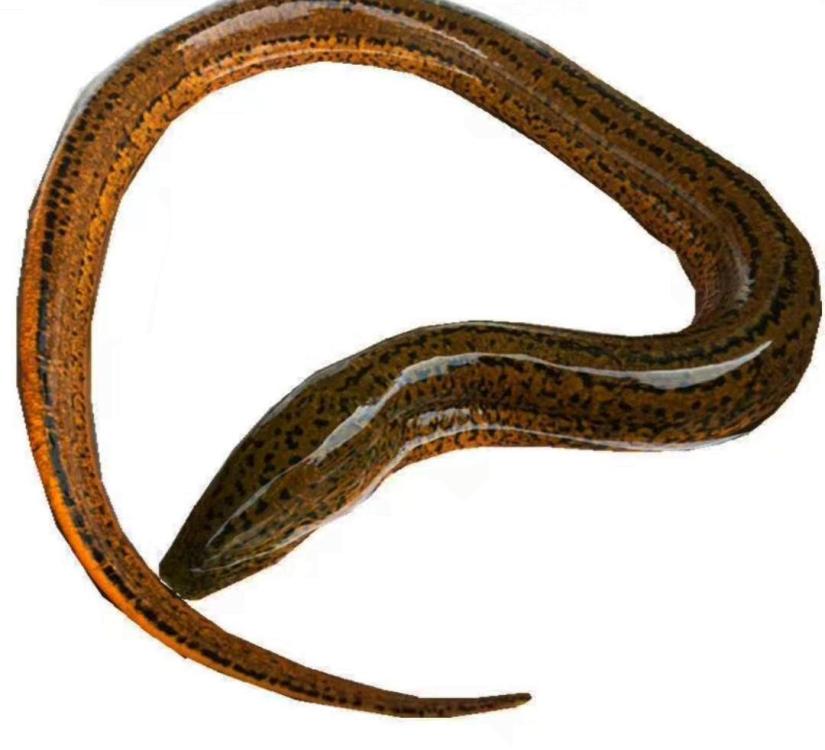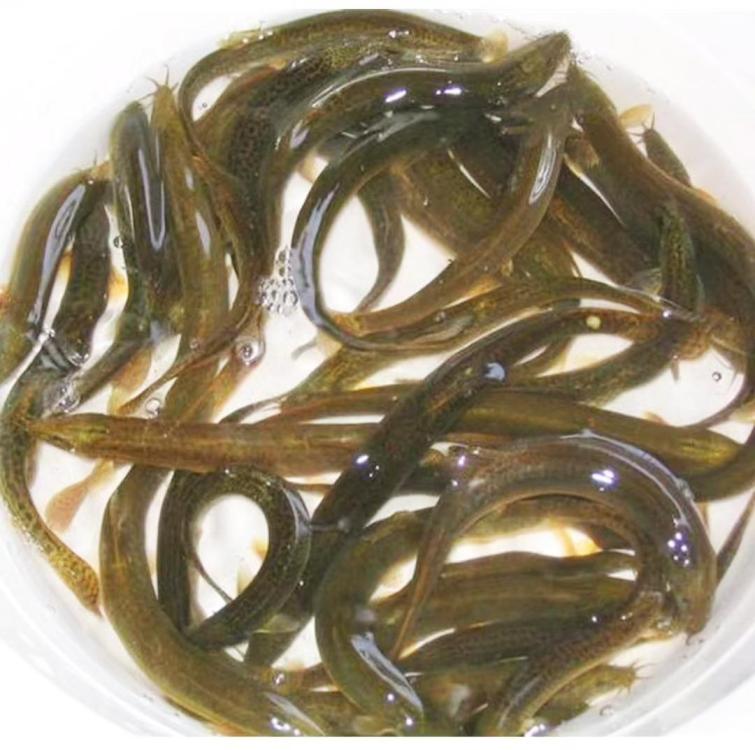-
Posts
16,725 -
Joined
-
Last visited
Content Type
Profiles
Forums
Store
Help Articles
Everything posted by liuzhou
-
A couple of days ago, I posted my Liuzhou Luosifen Lunch on the lunch topic. I alluded to there being a bit of a story behind it. I was, in fact, eating lunch for a movie. Well, a three minute video. A team of local medics and science types have been studying the health benefits of the city’s signature dish, now the top selling instant noodle in China. Not that I was eating the instant version, but the authentic 16 hour recipe. One of the team is one of the people I’ve known longest in Liuzhou – she is now the Director of the city CDC. She’s in the video wearing the white medical garb. No idea who the jerk in the yellow hat is! I have attached the English translation of their report for anyone interested. spicy-food-consumption-reduces-the-risk-of-ischaemic-stroke-a-prospective-study.pdf
-
Those "rapid egg boilers" were popular here about 10 years ago. Probably got used once or twice. No more rapid or convenient than a pan. The number of reviews is no indicator of anything useful.
-
I may have been a little too cynical in the post above. Today I tried the 'nduja' on some toast and it's excellent. Spicy and rich. I may become an 'ndujaholic! Planning something more substantial and pasta related now.
-
What do you mean by 'it preheats'? Are you referring to the eggs being from the fridge? Please be aware that refrigerating eggs is a peculiarly American habit. Also, only being able to do 'sunny side up' is a big limitation. Not everyone wants their fried eggs that way.
-
Here’s a bit of an oddity. The Chinese name 马面鱼 (mǎ miàn yú) literally means ‘horse face fish’. You can take this in two ways. The fish’s face may resemble, in some imaginitive way, that of the equine animal. However, 马面 (mǎ miàn), 'horse face', may be referencing one of the two guardians of the underworld in Chinese mythology Take your pick. Image: oceanprofoods.com It is Thamnaconus modestus or, in English, Black Scraper. It is native to the north-west Pacific, so found in Japan, China and down to Korea. In Japanese, ウマヅラハギ. Korean: 말쥐치. It is fished commercially off the coasts of those countries but also by aquaculture in both Japan and China that I know off. AquaMaps (2019, October). Computer generated distribution maps for Thamnaconus modestus, with modelled year 2050 native range map based on IPCC RCP8.5 emissions scenario. Retrieved from https://www.aquamaps.org. I seldom see it on the fish counters of supermarkets here and never in wet markets. Most of it seems to go to food processing companies for their nefarious activities and some ends up in jarred products such as this. Made with the fish, white kidney beans, soy oil, and sugar, salt and spices. Here, this may be served alongside rice porridge / congee as a condiment or to top a simple rice dish. No thanks.
-
Sorry, but no. I agree with @Tropicalsenior Also, I've seen so many things along these lines come and go, from cups that automatically stir your coffee to automated stir fry woks. They never succeed. There was even a trend here for automatic 'chefs' a couple of years back. None of the restaurants using them here lasted more than a few months. Amusing ideas but ultimately just gimmicky.
-
-
Liuzhou Luosifen There is a bit of story behind this particular meal, but it's still ongoing. I'll report when it reaches its conclusion.
-
About an hour ago, I took delivery of a nominally 500g 'nduja sausage. (Actually, it was a tickle over 553g.) That may not seem much fun to many of you, but after many years searching, I tracked down what seems to be the only stockist in China. It was described as 'mildly spicy' but they are in Sichuan where 'mildly' translates as 'very'. I'll soon find out. Actually it is Beretta brand* - not the greatest but I haven't had it in any form since 1997, the last time I was in that Italy. * I hope not the gun people.
-
Yes. They taste the same. You can use them in the same way as other eggs like chicken or duck. One goose egg is the equivalent of two chicken eggs.
-
I can believe it. I'm currently in dispute with the British Government's Pensions office, because they point-blank refuse to accept any communication from me In China by any means other than mail. Mail is almost extinct here and none of their letters have ever arrived. So, they stopped paying my pension because I didn't reply to a letter that never arrived. Fortunately, it's not my only income but they don't know that. I get the impression they hope I've died to save them a quid or two. I must say the staff I have managed to communicate with by expensive phone calls seem to agree with me how ridiculous it is but are powerless. Most post offices here have closed or converted to post office banks, only offering banking services. Everything is delivered by private courier companies. Must be that communism! /endrant
-
I would think so. As @KennethTsaid the seeds are bitter as is the pith. Definitely needs removing.
-
What is mail? You still have that? I haven't had anything through the mail for about 25 years.
-
Fusui County in eastern Guangxi has an 82% Zhuang ethnicity population. This is a specialty of the county and can be eaten at any time of day. 酸粥 (suān zhōu), literally pickle (rice) porridge. It is freshwater bass with pickles, here topped with some perilla.
-
No. Not your fault! Thanks for trying.
-
Not my experience.
-
- This phrase stood out to me. How are the 'top sites' decided upon? What criteria? This is a very subjective choice. There are highly popular sites which I find terrible and I've never found any one site that is strong on all cuisines or areas of culinary effort. Recipes, too are very personal. One person's favourite recipe for a dish may well not be my first or even tenth choice. Some sites have great writers and bad writers. And people have their own quirks. Some famous and 'influential' cooks irritate the hell out of me and I steer clear of them.
-
I’m poised to enter the deep and treacherous waters of nomenclature. This time not only in the Chinese but also the English. I’m looking at the Testudines order of reptiles. These include what I will refer to as turtles, tortoises and terrapins, although not everyone may agree. This is the preferred British nomenclature and that’s what I’m most used to. In the Chinese mind and the minds of many other cultures, they’re all the same thing. In Mandarin, 龟 (guī) is used for all three, although 海龟 (hǎi guī) can be used to specify the marine variety as can 鼋 (yuán). 甲鱼 (jiǎ yú) is used for both sea turtles and freshwater terrapins; rarely for tortoises. 甲鱼 (jiǎ yú) is perhaps odd as individually the characters mean ‘shell fish’. The shell part is easy to understand, but fish? Clearly not. However, 鱼 is often used in the names of aquatic animals other than fish. There are a few other names used in the names of specific types of whatever you call them, but they are not relevant here. In common British usage turtles are marine whereas tortoises are land based. Terrapins are tiny freshwater turtles. These distinctions are not always observed in other English speaking countries. But it’s as food we are thinking here. Both turtles and tortoises are eaten, rarely terrapins which tend instead to be sold as pets for children. They are also often served at wedding banquets,. When I lived in Hunan, there was a whole street of turtle restaurants. I’ve never really seen the point. They aren’t, in my opinion, good eating. Tough and bland. I suspect they are popular for a misplaced belief that they have aphrodisiac properties and an absurd belief that, because they can live long lives, eating turtles will do the same for you. They do live a long time. A tortoise collected by Charles Darwin in the Galápagos in 1835 lived until 2006; a lot longer than Darwin did. Braised Turtle Turtles, particularly their shells are used in TCM for all the usual nonsense. Guilinggao (龟苓膏 guī líng gāo), a herbal medicine / dessert was traditionally used making a specific type of turtle shell, but today rarely contains any at all. The link gives more information on that. A 2 kg turtle costs around ¥100 / $14 USD. A pet terrapin costs ¥5 // 70 cents. Pet Terrapins
-
There is little if any evidence of that. You have to remember that for much of those two centuries, China was closed or had only very restricted access. It was at war, both international and civil. It was occupied by the Japanese. It's also unlikely that early Chinese emigrants to the Americas were in any position economically to pop home bearing 'exotic' foodstuffs as gifts. They were struggling to survive. Many would have been political refugees, too. The few central American foodstuffs here were introduced, not by returning Chinese, but by European colonisers, particularly the Spanish and Portuguese. Chili peppers were introduced by the latter through their colony in Macao. China has developed its own cultivars. Central American varieties are largely unknown. Potatoes have long been looked down upon as 'peasants' food' at best. Only the arrival of first KFC, then McDonald's in the 1980s widened their availability. Tomatoes are a recent import, again through Europeans. Corn/maize was introduced much more than two centuries ago by the Arabs and Persians. More like five centuries.
-
Yes. I know Central, South America and the Caribbean has a largish Chinese population. However the majority of crossing has been from and not to China. I've been looking for allspice and Scotch bonnets for 30 years and only just found them this month. There is very, very little in the way of Mexican or Caribbean ingredients here. My climate is tropical, but I got these seeds from Heilongjiang, China's northernmost province bordering Siberia, so that isn't a factor. $1.45 for 5 seeds is a good prices in the USA?
-
This should be fun. On the right is what I ordered. 牙买加辣椒 (yá mǎi jiā là jiāo), Jamaican Scotch Bonnet seeds. A whole five seeds! On the left is what they threw in as a "freebie". 柠檬滴辣椒 (níng méng dī là jiāo), lemon drop peppers aka Ají Limón which are Peruvian, How they got to China, I don't know. This lot cost me $1.45 USD. Hope they germinate!
-
Another eel I meet is the prized 花鳝 (huā shàn, literally flower eel), Anguilla marmorata, the giant mottled eel or mottled eel. These can grow up to 2 metres in length in the case of the females while the males are generally shorter at a maximum of 1.5 metres. They can weigh up to 20.5 kg / 45 lbs. These are native to the Indo-Pacific, stretching from East Africa to Japan. They like to hang out in river estuaries or freshwater lakes and rivers but go to deeper sea waters to spawn. They are carnivorous, dining at night on seafood such as shrimp and fish as well as frogs – much like me. Unlike me, they only live to about 40 years of age, but impressive for an eel. As usual, these are sold live and restaurants usually hold them in tanks for you to choose from. The one in my image is from a fishmonger and sells for $23 USD but really giant specimens have been known to sell for up to $1,000. I’ve never bought one to cook; as I live alone, even the smallest are too large to be sensible. But I have happily eaten them in restaurants.
-
I’m no expert on rice cultivation, but I’ve seen it at close quarters. The two years I lived in Hunan in the 90’s, my home overlooked miles of rice paddies as far as I could see. Then for 18 years in Guangxi, my office over looked the same. Only once that I recall did I ever see a rice paddy being fully drained and that was to repair the terrace walls. What I did see every year was the paddies being restocked with fish which were raised in adjacent ponds such as this one in Conjiang, Guizhou just across the border from Guangxi. I believe they do this was because the previously existing stock has all been eaten! The eels are air breathing and fend for themselves. Image: https://www.mdpi.com/2071-1050/15/3/1910 This file is licensed under the Creative Commons Attribution 4.0 International license. Edited. The rice-fish polyculture system is ancient and very interesting, but I wouldn’t be a rice farmer for anything. It is back-breaking hard work.
-
鳝鱼炒米粉 (shàn yú chǎo mǐ fěn), stir fried rice noodles with paddy rice eel, chilli, garlic, spring onion, cabbage. I also threw on three small Sichuan spiced chicken skewers left over from lunch.
-
Despite spending most of UK life in London, and like 99% of Londoners, I have never eaten that speciality dish every YouTube idiot tourist rushes off in search of because “Londoners eat it every day” – the jellied eel! Utter nonsense. However I do eat eels here in China – sans jelly though. 鳝鱼 (shàn yú), the Asian swamp eel, Monopterus albus, also known as rice eel, ricefield eel, rice paddy eel, is the most common. These, as the name suggests spend part of their lives in rice paddies where they prefer to spawn. They are native to south and SE Asia and an important food source in Vietnam, Thailand and here in southern China. They grow up to about 40cm / 16“ in length and are eaten at all sizes. The adults tend to have a yellow tint and so are often called 黄鳝 (huáng shàn), yellow swamp eel. My favourite is a Sichuan dish of spicy baby eels. These eels are sold live and fetch around $7-8 USD per 500g / 1.1lbs. Although they are air breathing, the babies above are in water. Note: These are not unagi, the popular Japanese eels, which are usually Anguilla japonica.




